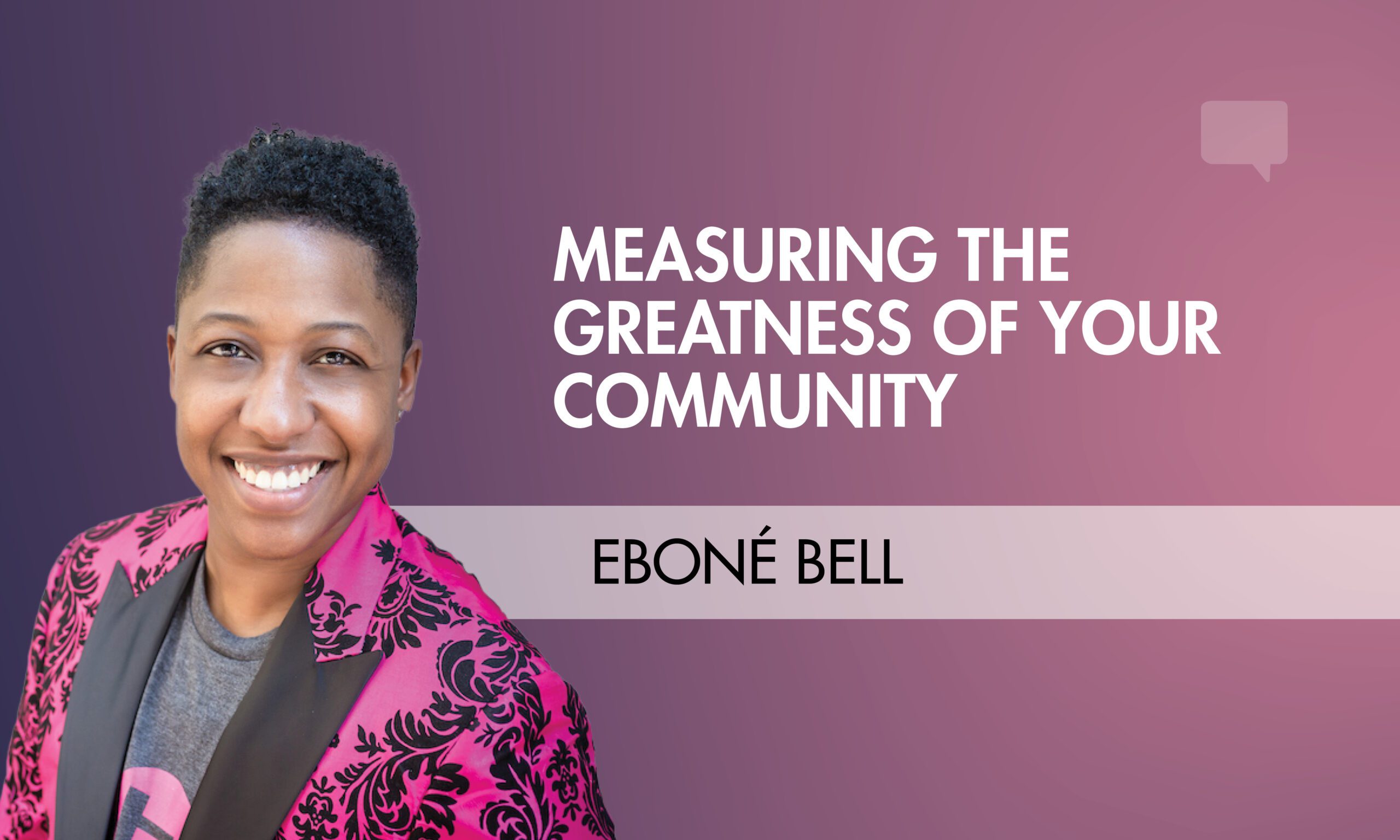
Measuring the Greatness of Your Community
The greatness of a community is most accurately measured by the compassionate actions of its members. – Coretta Scott King
How do you measure the greatness of your community? Some colleges and universities might point toward their athletic accomplishments and championships. Others might put weight on the amount of funds raised each year. And many, use student enrollment and graduation numbers as a popular tool to measure their greatness. These are all significant, but when’s the last time they measured the compassionate actions of their students, faculty, and staff?
I don’t know who needs to hear this, but now is the time to add compassion and empathy to your scoring system. Why? Because compassion is linked to diversity and inclusivity, which ultimately relates to student retention. Because when all students feel seen and heard, they’re more likely to stay and thrive in those communities.
If you’re committed to your students thriving in your school community, here are three ways to start measuring your community’s greatness:
1. Available resources for all students
Accessible and equitable resources are key to sustaining an inclusive and healthy community. As a university, ask yourself if you are providing key resources to all students for them to thrive. For example, many first-generation college students may not have the background in applying for grants or scholarships. These students could benefit from peers or faculty that specifically support them in learning the scholarship process, a skill we all need and the community in the future can benefit from. Other resources can include (bilingual) mentors, free tutors, supportive course work, etc.
2. Addressing problematic behaviors and challenges
The key to addressing problematic issues and keeping your compassion score high is “consistency.” Many schools tout “no tolerance” policies, but rarely offer any action behind them. Students are smart enough to recognize when schools are being performative or genuine. Though it might seem tedious, each situation that arises must be fully addressed. This means focusing on getting to the root of the problem to ensure everyone feels heard, as well as implementing meaningful engagement. This can include sit downs with all parties involved, asking for support from colleagues, bringing in professional speakers or facilitators that can help with education and solutions. Just remember, who you hold accountable (or not accountable) versus who is ignored speaks volumes.
3. Culture and climate audits
The best way to find out if members of your campus are contributing and benefitting from the compassionate actions of others is to go straight to the source. Just ask! Seek feedback to double-check student and faculty perceptions of the campus, colleagues, administrators, etc. This can be done through in-class (or online) anonymous surveys, one-on-one conversations, during department meetings, performance and exit interviews. You can even designate student leaders or mentors to provide monthly or quarterly feedback. This is a great opportunity to analyze and update necessary changes.
There are several ways you can measure your school’s greatness, but like the above quote from Coretta Scott King says, the most accurate form of measurement is compassion. When people show compassion, then more people feel included, when everyone feels included, a community grows together to become great.
